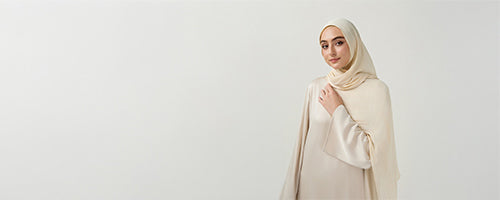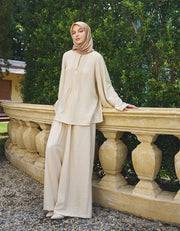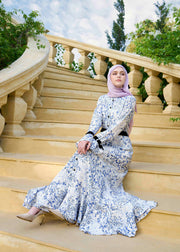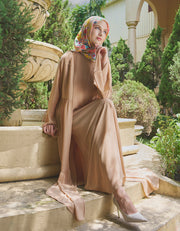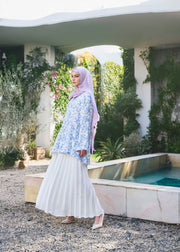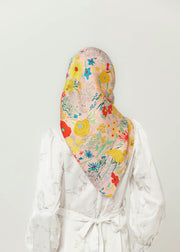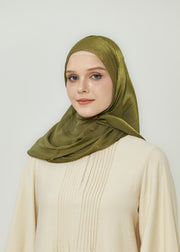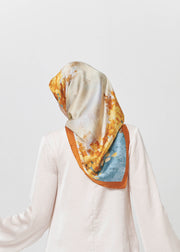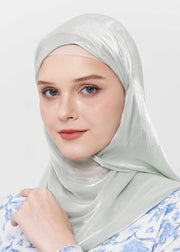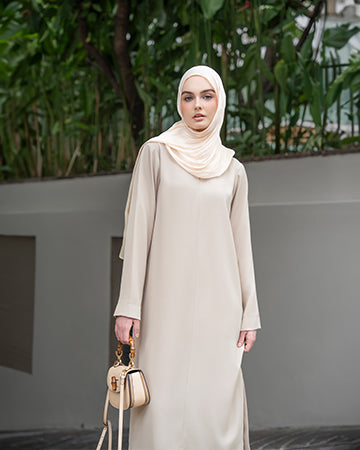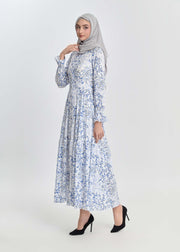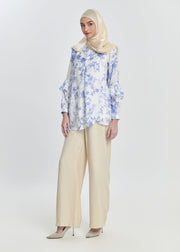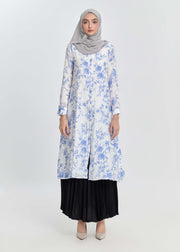Fashion Etiquette: What Muslim Guests Should Wear to Weddings
When attending a wedding as a Muslim guest, dressing appropriately is more than just about fashion—it’s a reflection of cultural respect, religious values, and personal style. Understanding what to wear ensures that you celebrate the joyous occasion with dignity, modesty, and elegance. In this guide, we’ll explore fashion etiquette for Muslim wedding guests, covering modest dress codes, styling tips, and seasonal considerations.
Understanding Muslim Wedding Dress Codes
Muslim weddings vary greatly in cultural expression, but modesty is almost always a universal expectation. Whether the event is traditional or contemporary, Muslim guests are generally expected to follow these basic dress etiquette principles:
-
Avoid revealing or tight-fitting clothing
-
Cover shoulders, cleavage, and legs
-
Opt for long sleeves and floor-length dresses or skirts
-
Choose modest necklines
-
Wear a hijab if it aligns with your personal beliefs or the family’s expectations
Even if the wedding is more relaxed or fusion in style, erring on the side of modesty is respectful and safe.
What Muslim Women Should Wear to a Wedding
1. Maxi Dresses with Sleeves
A long-sleeved maxi dress in soft chiffon or satin is ideal for formal wedding settings. Look for flowy silhouettes that allow movement while offering full coverage. Floral prints, pastel tones, and embroidered details add a festive touch without compromising modesty.
2. Abayas or Kaftans
For traditional or religious weddings, an embellished abaya or kaftan can be both appropriate and glamorous. These pieces are often worn with coordinating hijabs and statement jewelry to elevate the look.
3. Two-Piece Modest Sets
Matching sets with a loose blouse and wide-leg trousers or a long skirt are stylish alternatives to dresses. These work especially well for semi-formal or garden weddings and are perfect for layering with a kimono or lightweight duster.
What Muslim Women Should Wear to a Wedding
Hijab Styling for Wedding Guests
If you wear a hijab, consider styling it with elegance to match the occasion. Satin or silk hijabs in jewel tones or metallics pair well with formal outfits. You can accessorize with embellished pins, brooches, or even tiaras for extra flair.
Popular hijab styles for weddings include:
-
Draped turban styles
-
Side-pinned wrap styles
-
Classic under-chin folds with volume at the crown
If the wedding is being held in a mosque or includes a religious ceremony, even non-hijabi women may choose to wear a head covering out of respect.
Hijab Styling for Wedding Guests
What Muslim Men Should Wear to Weddings
Men also follow modesty guidelines, though with more flexibility in style. Common attire includes:
-
Traditional thobes or kurtas for religious weddings
-
Dress shirts with trousers and blazers for formal receptions
-
Neutral or soft color palettes, avoiding overly flashy or tight-fitting outfits
Avoid wearing shorts, tank tops, or overly casual clothing unless the event invitation specifies a relaxed dress code.
What Muslim Men Should Wear to Weddings
Color Etiquette: What Shades to Choose or Avoid
Color plays a significant role in Muslim fashion etiquette. Here are some general rules to keep in mind:
✅ Great color choices:
-
Soft pastels (blush pink, sage green, lilac)
-
Jewel tones (emerald, navy, maroon)
-
Gold, silver, and champagne for evening wear
❌ Colors to use with caution:
-
White is often reserved for the bride
-
All-black can be seen as too somber unless styled with elegance and accessories
-
Bright red might be too bold unless balanced well
Always take cultural context into account. For example, South Asian Muslim weddings tend to be colorful and vibrant, while Middle Eastern ceremonies may favor more muted or neutral tones.
Footwear and Accessories Tips
While your clothing sets the tone, your accessories complete the outfit:
-
Choose comfortable yet stylish shoes, especially if you’ll be on your feet a lot.
-
Clutches or small handbags in metallics or coordinating tones work best.
-
Go for statement earrings or bracelets, especially if your outfit is minimal.
-
Avoid over-accessorizing—balance is key in modest fashion.
Seasonal Considerations for Muslim Wedding Outfits
Spring/Summer
Opt for lighter fabrics like cotton, chiffon, or crepe. Pastel tones, floral prints, and breathable materials will keep you cool and modest.
Fall/Winter
Consider layering with elegant capes, long coats, or velvet jackets. Darker tones, heavy fabrics, and sequins fit beautifully into winter wedding aesthetics.
Respecting Venue & Cultural Traditions
Always tailor your outfit based on:
-
Whether the event is held at a mosque or banquet hall
-
The cultural background of the hosts (e.g., Arab, South Asian, African)
-
The time of day (daytime = softer colors, evening = more glam)
When unsure, it’s okay to ask the host for guidance or observe how other guests are dressing.
Conclusion: Dress with Respect and Grace
Attending a wedding as a Muslim guest is a chance to celebrate love, community, and culture. The right outfit shows not just your fashion sense but also your understanding of etiquette and values. Whether you go for an embroidered abaya or a stylish maxi dress, always choose modesty, elegance, and comfort.
Looking for modest and elegant wedding guest outfits?
Explore the curated wedding collection at Minnaba – where modest fashion meets contemporary style.

